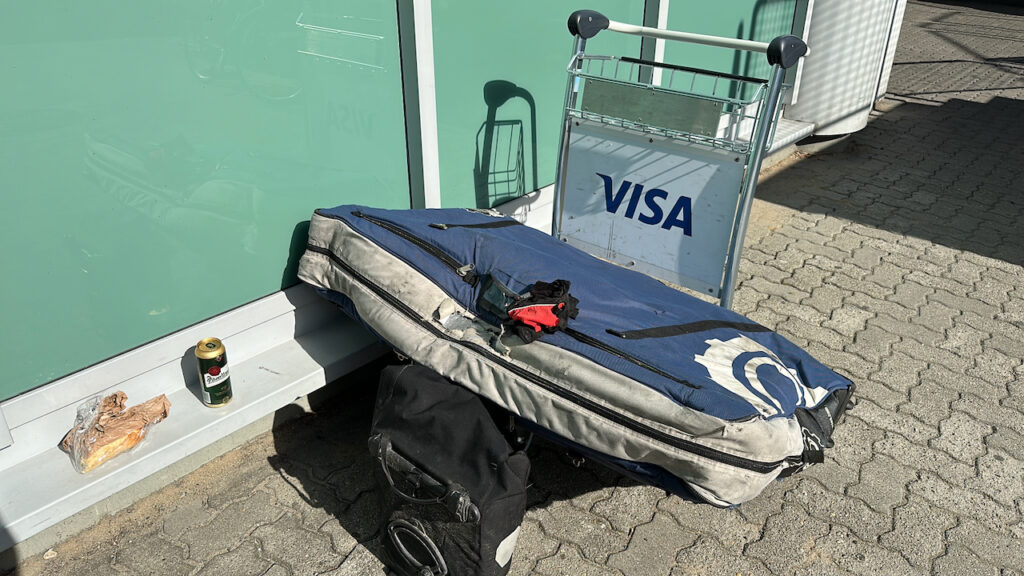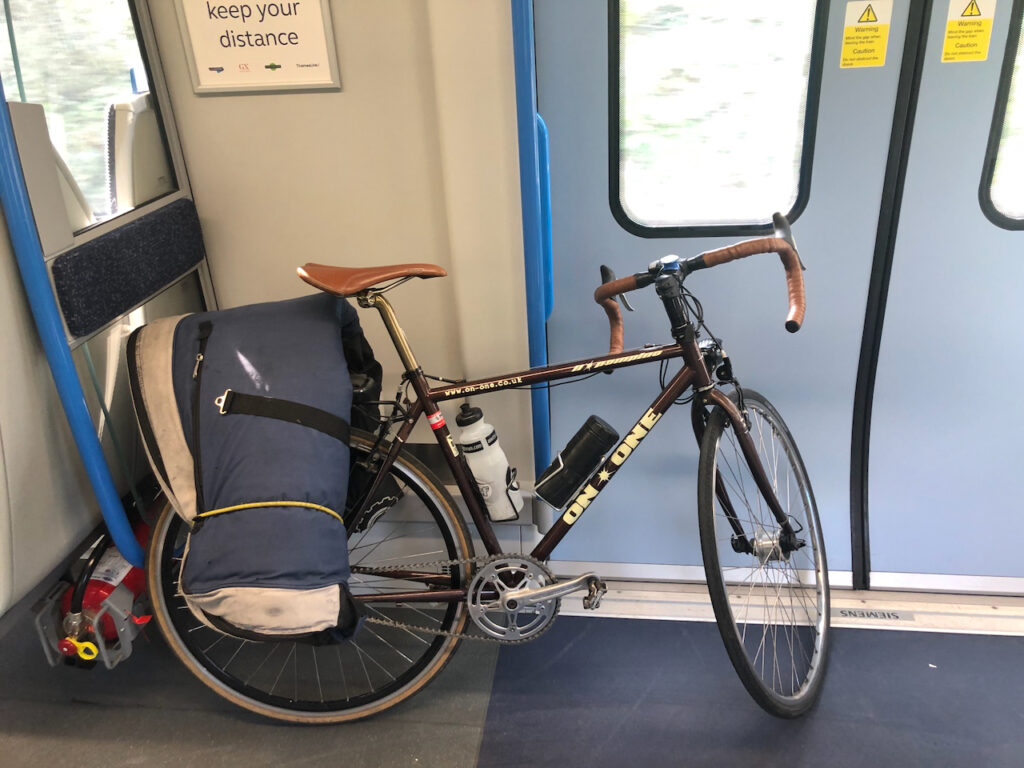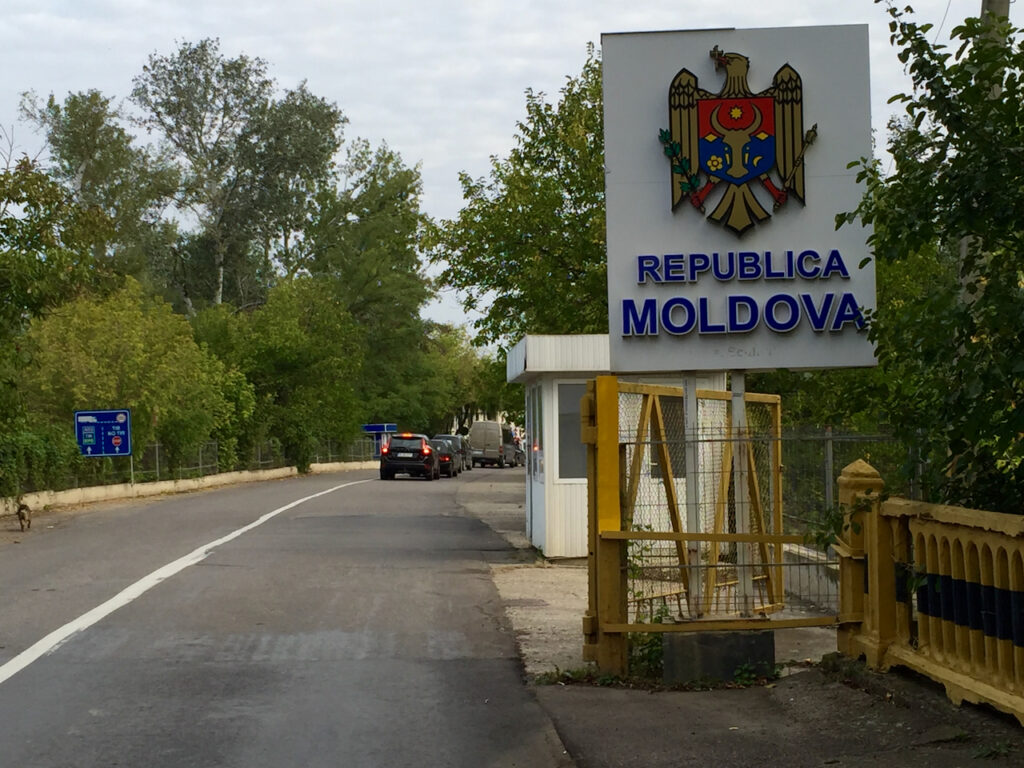Flying
Flying with a bike can be a bit daunting the first time. Here are a few tips.
Book your bike on the flight as sports equipment, this normally costs £30-£50 each way. British Airways allow you to take a bike as normal baggage, so it’s worth checking if the total price of a budget airline isn’t more than BA.
You need to bag or box the bike. For a single/trial trip this can be a cardboard box, a local bike shop will have plenty going spare. I use a soft-shell bag as it can be rolled up and strapped over the rack to get to and from the airport. There are rarely problems from handling, but if your bike is expensive or fragile a hard case is safer, you’ll need to either put it in left luggage or take a taxi from the airport.


Practice bagging and re-assembling your bike at home. And most importantly — use the tools you’re taking with you. To fit the airline limit, and the bag, you normally need to take off both wheels, saddle, probably the pedals, and rotate the bars. If you have a derailleur, take it off to avoid damage to the frame. It’s worth strapping the chain with rubber bands because it can get tangled. Pad the lights if they are fixed to the rack/forks.
At check in they might ask if the tyres are deflated. This is a myth, there’s no reason to do that, so just say yes, they are. You’ll then need to take it to oversize luggage. At the destination it may come out on the carousel or it may go to an oversize location.
You’ll need to store the bag/box while you’re touring. Hotels and other accommodation will happily store it if you book in for the first/last night (or even just one) or some airports have left luggage. Beware that left luggage may be out of action with no warning, have a back-up plan. I’ve witnessed people stashing their bike bag under a hedge on the airport perimeter.
Borders
Most borders are accessible to pedestrians, and so also to cyclists. There are some that are motor vehicles only, even where the road itself is not a motorway. Check on line or most routing apps will have the info if you try to plot a route. If a border is not permitted for cyclists and you’re looking at a long detour, there’s often a train you can catch from adjacent towns either side.
On arriving at the border don’t queue with the cars. You are expected to filter past them, wait behind the car currently at the first window then when it has finished push your bike up to the checkpoint.
Unless you know for certain you don’t need a stamp, make sure the border guards stamp your passport. They sometimes don’t without prompting, and this could be expensive on exit from some countries.
